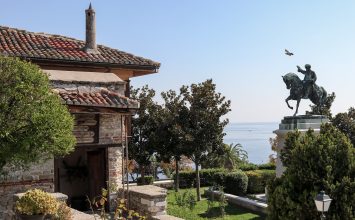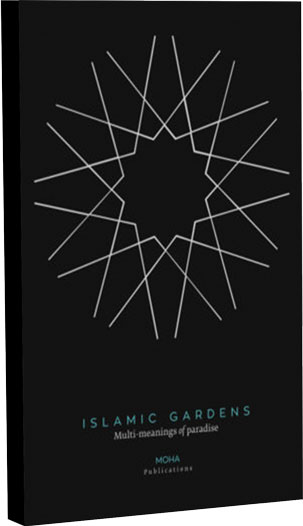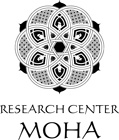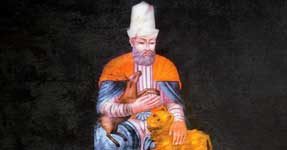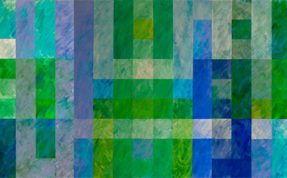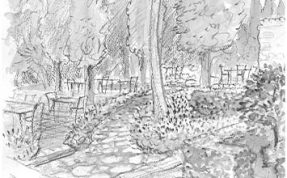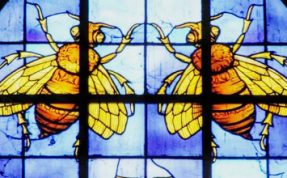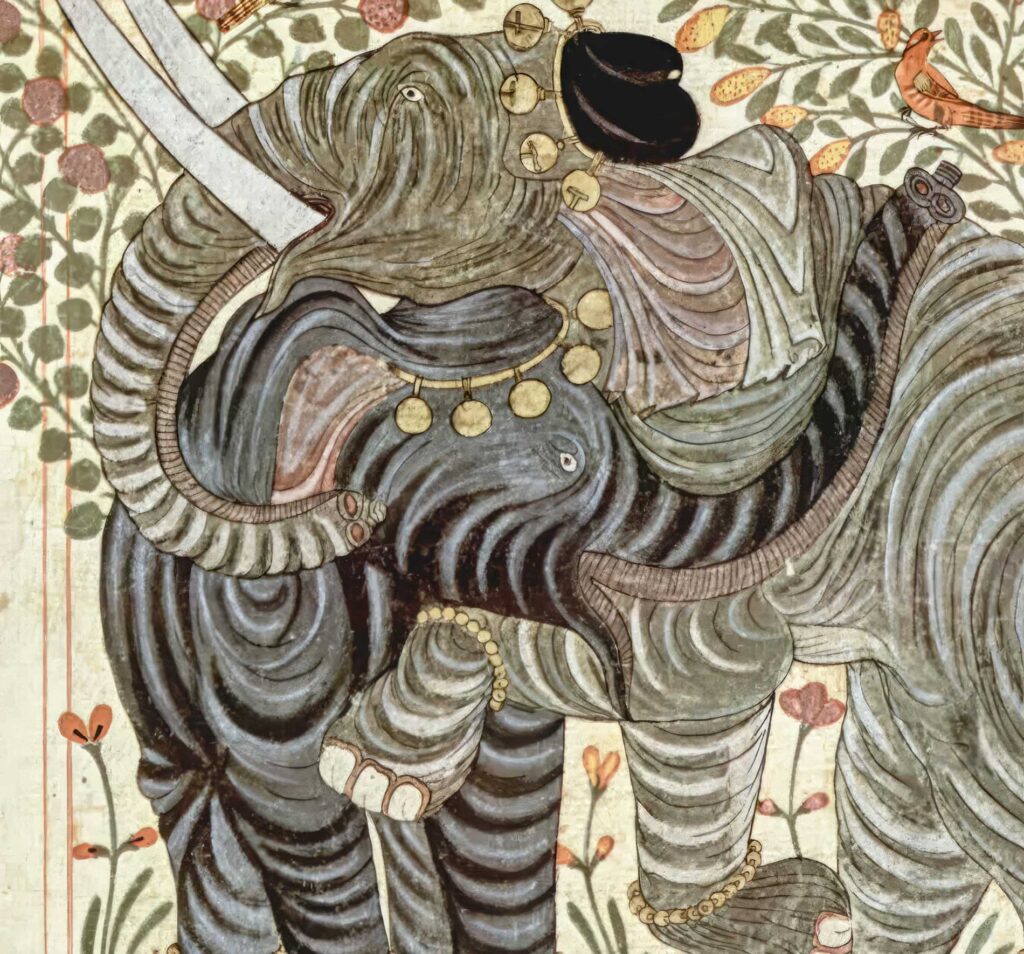ARTICLES
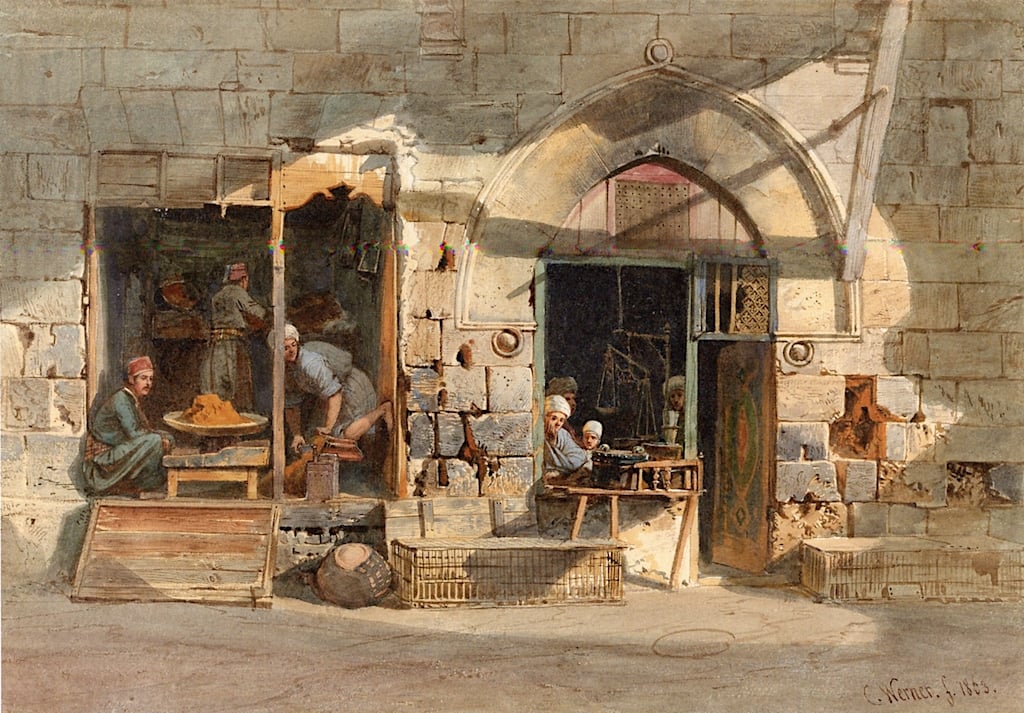
The Spice Trade Route
One of the oldest trades is the spice trade which played an important political, historical and cultural role over the centuries. It all started with the great explorations in the East. Merchants, sailors, explorers and travellers brought exotic spices to the West via the old caravan routes, from the Far East and Asia to Europe. The distance that separated the old continent from their countries of origin made the spices particularly valuable, so much so that the value of some of them approached that of gold.
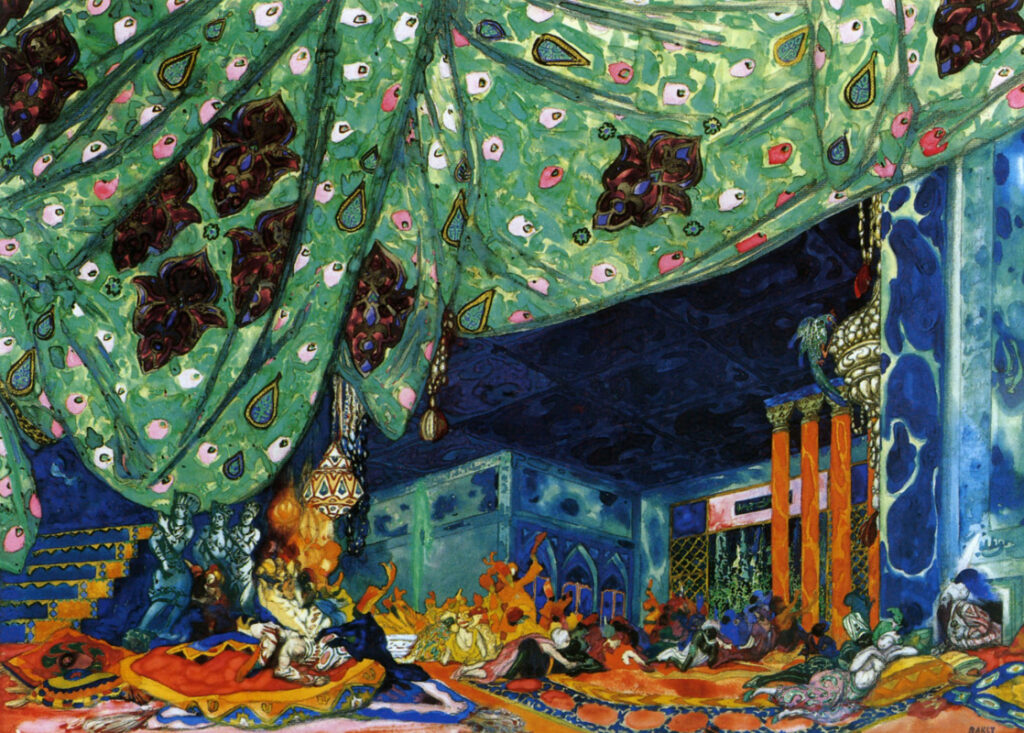
Scheherazade goes West…
Scheherazade left Bagdad to go to Paris with the Frenchman Antoine Galland at the end of the 17th century. At the beginning of the 18th century, the “Orientalist from Persia” gained the right to speak French. A wise lady, gentle, both in her fairy tales and stories, she quickly conquered the world of Europe with her words. She learned to speak English, Russian, German, Italian. Awake and agile, she wrote novels and poetry, made paintings, taught children, composed operas, designed scenes.
Bath, a habit that comes from the past
It is not known exactly when the man started using enclosed spaces for his cleanliness, but there are some references which indicate it existed as a practice in India, in ancient Egypt and later in the ancient Greek civilisation. Homer’s heroes were relieved by a warm bath after many long and tough battles, while Hippocrates, in his medical work About Gases, Places, and Water, dedicates a chapter to the process of hydrotherapy.
Lighthouse of Alexandria in the sources from Islamic Civilisation
The Lighthouse of Alexandria is one of the classic “Seven Wonders of the Ancient World”. It was still a great tourist attraction well into the medieval period, and was visited by many travellers to the city that were impressed by its magnitude.
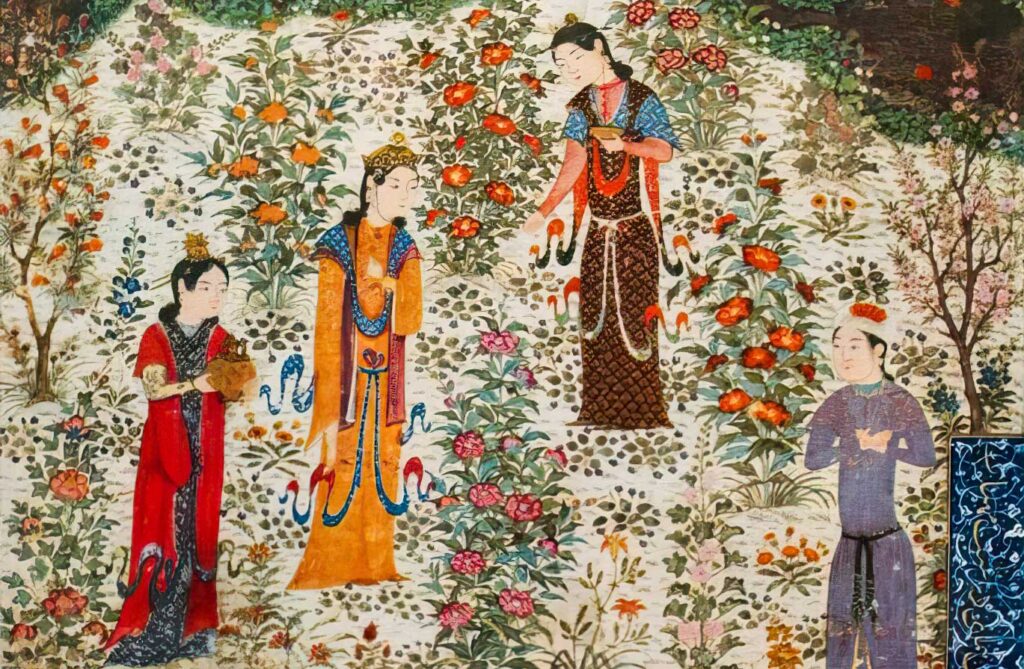
Islamic Gardens and their Heavenly Symbolism
“There is a certain divergence between the popular image of Islam, as the religion that emanated from the desert and carried its ethos, and the notion of the garden: lush, green, shaded, moist, and fragrant, among other pleasant qualities that are all antithetical to the desert environment. But it seems that precisely because Islam came out of the desert that gardens occupy a substantial space in the Islamic imaginary and in the history of Islamic design.”
Mega Cities on the Silk Road
Throughout history, trade routes played a central role in the transfer of goods and exchange of ideas between different parts of the world. The historic Silk Roads, which were a network of trade routes across land and sea that connected the lands from China across Asia to the Meditteranean, connected civilisations and peoples from different cultures, religions and languages with each other allowing the exchange of ideas, technical know-how and friendship, creating a legacy of connectedness and cultural appreciation.
The House of Wisdom
The heyday of Baghdad was 1,200 years ago when it was the thriving capital of the Muslim civilisation. For about 500 years the city boasted the cream of intellectuals and culture, a reputation gained during the reigns of some of its most famous Caliphs (Al-Rashid, Al-Ma’mun, Al-Mu’tadhid and Al-Muktafi).
